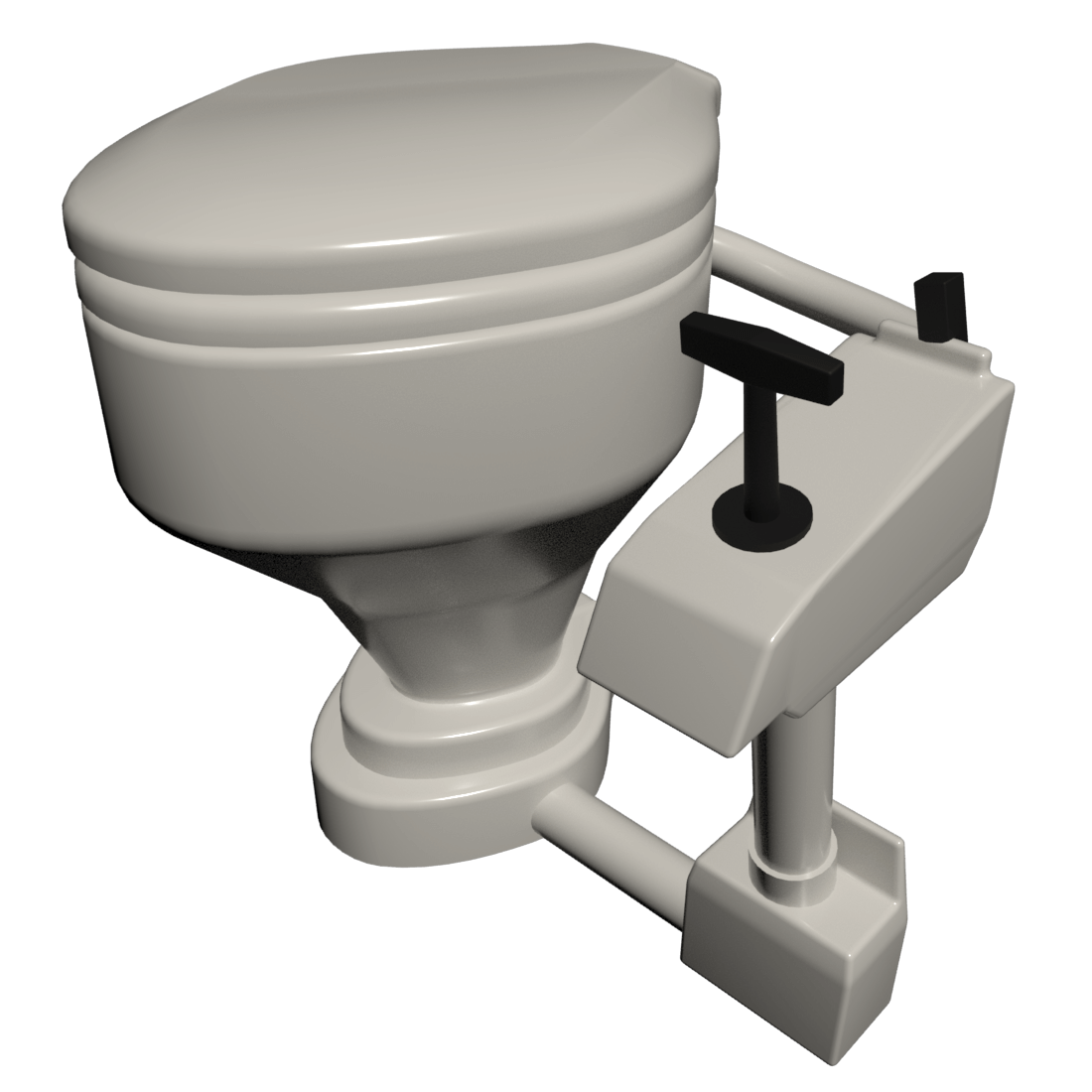Marine Sanitation Devices requirements in Nevada

It is illegal to discharge any treated or untreated sewage into the waters of Nevada. For the health of Nevada waters, vessels with onboard toilets should be equipped with a holding tank, which must be discharged at pump-out stations or onshore toilets.
Vessels with onboard toilet facilities must be equipped with a working US Coast Guard-approved marine sanitation device (MSD).
Vessels up to and including 65 feet in length must be equipped with a Type I, II, or III MSD. Vessels over 65 feet must have a Type II or III MSD. Type I and II MSDs must display a certification label affixed by the manufacturer.
Although “Y” valves are permitted on Nevada waters, it must be secured during operation to prevent the discharge of untreated sewage. Vessels with a Type II MSD must ensure that all pathways for overboard discharge are blocked to prevent any discharge (accidental or intentional) into Nevada waters show the onboard sewage lines ben disconnected or blocked.
It is illegal to dump garbage and plastics into any federally controlled or state waters. Litter can kill birds, fish and marine mammals.
If on federal waters, you must display a 4” x 9” placard on any vessel 26 ft. or longer which notifies passengers and crew about discharge restrictions.
Discharge of oil and other hazardous substances:
-
It is illegal to discharge oil or hazardous substances.
-
It is illegal to dump oil into bilge of the vessel without means of proper disposal.
-
You must discharge oil waste to a reception facility.
-
On recreational vessels, a bucket or bailer is adequate.
It is unlawful to litter in state waters. Litter must be contained until it can be disposed of properly onshore.